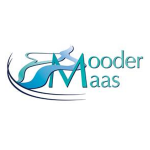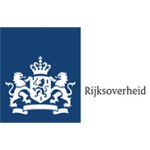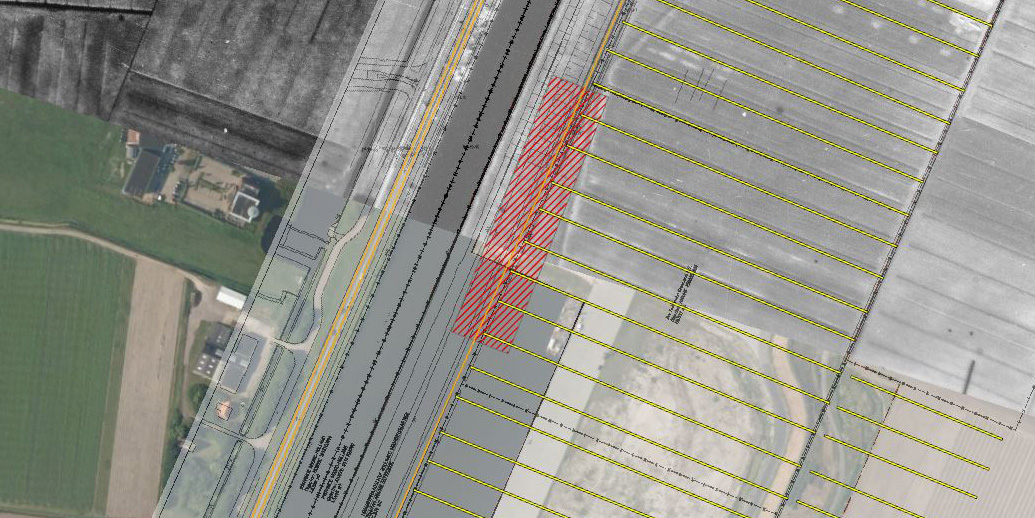Risk analysis
A preliminary investigation may reveal an increased risk of finding explosive remnants of war in the research area. In certain cases, it is then advisable to have a Risk Analysis (RA) carried out. An RA is a follow-up step to the preliminary investigation in which the planned activities are, as it were, superimposed on the results of the preliminary investigation. Depending on the situation, it may turn out that the risks of possible explosives are reduced because they pose no danger in relation to the planned work. Consequently, there is a chance that an RA may save costs and time for your project.
Are you curious to know whether a Risk Analysis would add value to your project? Please contact us for a tailored advice. Would you like to get a better idea of the potential added value of a Risk Analysis? Take a look at the situation sketch at the bottom of this page.
To explain how a Risk Analysis works, we use a situation sketch.
In the example situation, a project developer wants to build a new residential area and a park. The preliminary investigation shows that parts of the research area are suspected of containing explosive remnants of war (OO), namely aerial bombs and grenades. In principle, therefore, these defined parts of the research area form a risk area. The Risk Analysis shows that only the location of the park to be constructed is suspect.
The houses in the district can be built without any problems. The location of the park to be constructed will only be sown with grass and no earth-moving activities will take place. Although explosives may be expected at this location, the planned activities ensure that there is no increased risk. The park can therefore also be constructed without the need for explosives detection.
"The Explosive Clearance Group's Preliminary Investigation Department is a professional and pleasant group of people to work with. The quality of the preliminary investigation and advice is high and complies with the most recent regulations. Besides the fact that we are very satisfied with the work of ECG, their work also contributes to the satisfaction of our own customers."

Lotje Egmond
Environmental Manager Sweco Nederland B.V.






Frequently asked questions
A Risk Analysis (RA) can be carried out when a preliminary investigation has shown that an area must (partly) be considered suspect. Especially when the area to be cultivated has different characteristics and various types of soil interventions will take place, it can be advisable to have an RA drawn up. In complex areas, an RA can provide site-specific advice.
Having an RA carried out is not mandatory, but it can be advisable to identify and assess risks from explosive remnants of war in your work area.
Several disciplines are involved in the RA at ECG. For example, the research team is formed by academically trained historians, GIS experts, civil engineers and explosives experts. In this way, all facets are represented.
